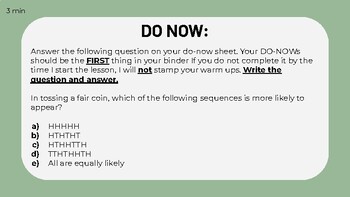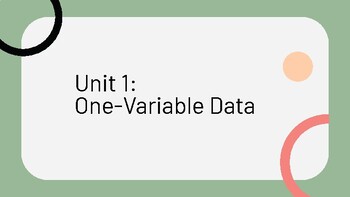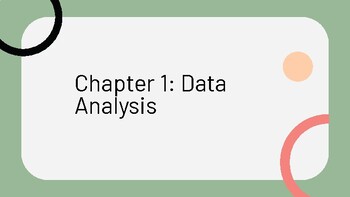AP Statistics Unit 1: Ch1: Data Analysis Complete Lesson: StatsMedic Aligned
- PDF
Description
Hello! Are you a teacher that uses StatsMedic for AP Statistics? If you're like me and like to teach the lesson along with a powerpoint or tablet, this completed lesson guide will be useful for you! The PDF/PPT has time stamps for the activity, big idea content such as vocabulary, and practice problems to work on with your class. This lesson is specifically for all activities in StatsMedic related to Chapter 1: Data Analysis. For the complete UNIT 1 lessons (Chapter 1 and Chapter 2), check out my page for bundle deals.
I teach on a BLOCK schedule, so this is oriented towards 90 minute classes. If you want to split it into 45 minute lessons, just cut the lesson at the end of each activity. It includes warm-ups for every class and time stamps to help you pace the lesson. If you want more information on how to use this guide to pace your teaching, please let me know! This should cut down your planning time. Only requires that you print the assignments and activities for your students.





